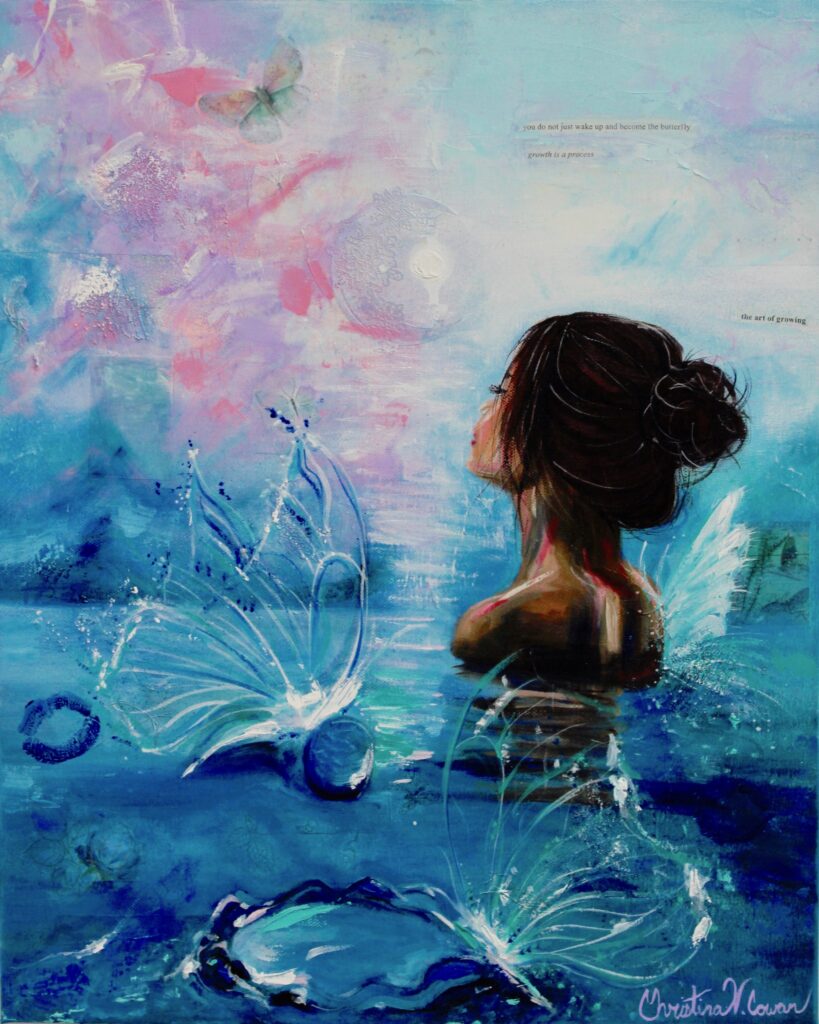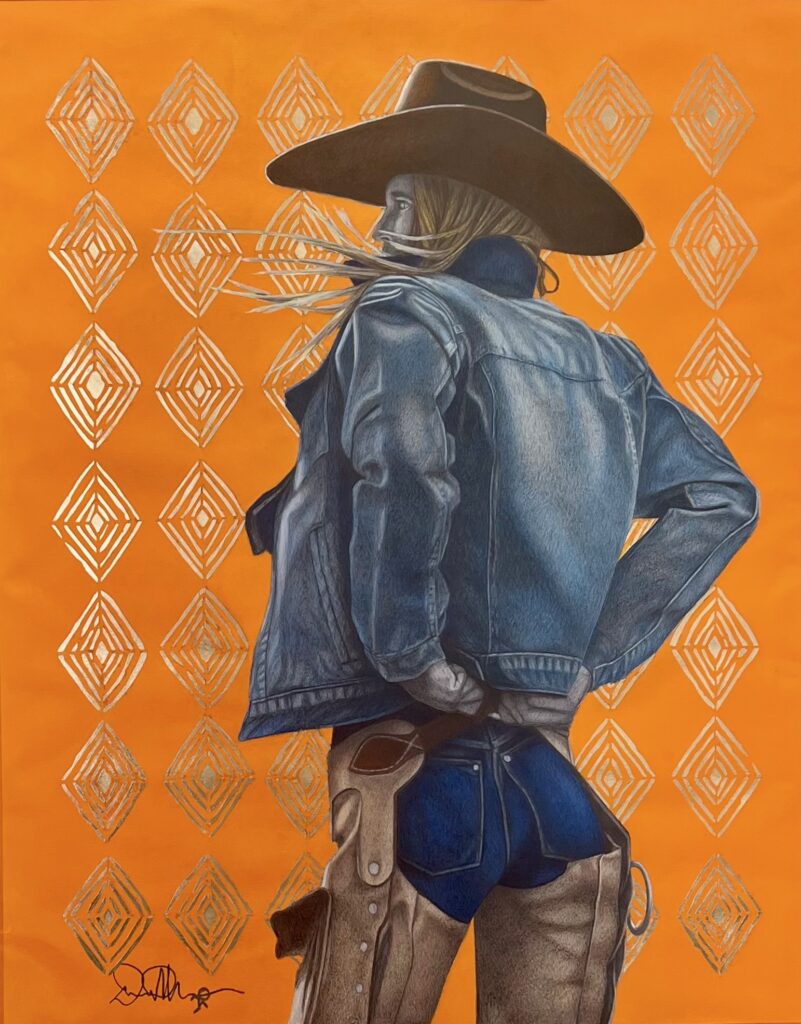
How Monica Czukerberg Transforms Discarded Objects into Powerful Environmental Art
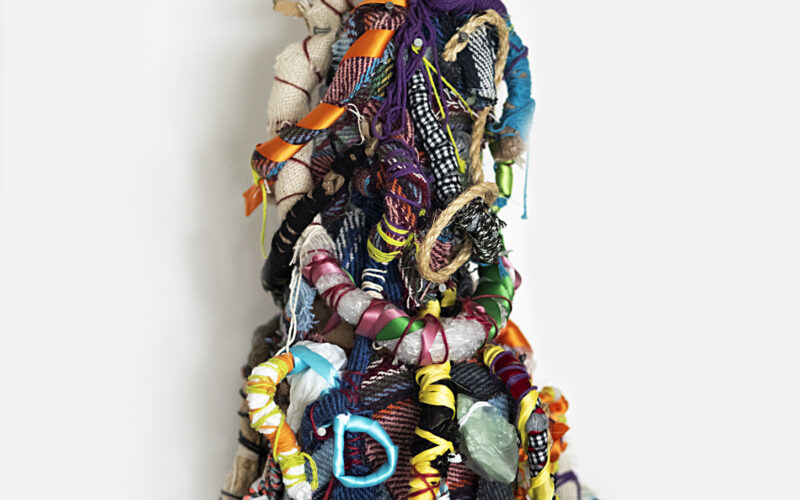


Monica Czukerberg is a visual artist whose work blends abstract painting, sculpture, mixed media, and photography. Born in Mexico City, Monica shares insights into how her diverse background, which includes architecture and a passion for nature, shapes her creative process. She opens up about her inspiration from the natural world, the use of recycled materials to promote sustainability, and how living in both Mexico and Miami has influenced her art. Through her art, Monica strives to capture the beauty of nature’s ever-changing processes, offering a message of environmental awareness and creative transformation.
Monica Czukerberg is a featured artist in our book “Lines And Curves.” You can explore her journey and the stories of other artists by purchasing the book here: https://shop.artstoheartsproject.com/products/the-creative-process-book


Monica Czukerberg was born on August 31, 1983, in Mexico City. She studied Architecture at the Anáhuac University in Mexico City from 2002 to 2006. Over the years, she has further expanded her artistic knowledge through various courses and diplomas in Fashion, Art History, Drawing, and Painting at institutions such as the Universidad Iberoamericana and the Cinema and Television Design Center in Mexico City, as well as at the Instituto di Moda Burgo in Milan, Italy. Monica also worked for three years at an architecture firm, Elipse Group, in Mexico City.
Her work has been featured in four solo exhibitions, including those at the Oscar Román Gallery in Mexico City and Casa Nuestra (Old Senate of the Republic), and in around 40 group exhibitions across Mexico City, Cancún, Miami, New York, Madrid, and more, in galleries, hotels, universities, and museums. She also served as part of the jury for a children’s painting contest in Mexico City for three years. Monica was involved in Master Eugenia Orozco’s painting workshop in Mexico City for a decade. Currently, she is pursuing an MFA in Photography at Barry University, where she is developing a project that combines textile art, collage, painting, ceramics, and photography.
1. Monica, your work blends environmental themes with a joyful palette. How does nature inspire and shape your creative process?
Nature deeply inspires my creative process by providing both a visual and emotional foundation for my work. The vibrant colors, organic forms, and ever-changing textures of the natural world evoke a sense of joy and wonder that I aim to capture in my art. I find that immersing myself in natural surroundings helps me connect with a sense of balance and harmony, which I then translate into my use of color and composition. Nature’s diversity constantly offers new ideas and perspectives, shaping my work in unexpected and meaningful ways.
In my exploration, I draw inspiration from the Magic Towns of México and nature, appreciating all the greatness that surrounds us: the landscapes, lights and shadows, the depth of the oceans, the fresh air of the forests, the green of the leaves, and the vibrant tones of flowers.
Monica Czukerberg

2. With a background in architecture, how do structural and textural elements influence the way you approach painting and sculpture?
My background in architecture deeply influences my approach to both painting and sculpture, particularly in how I think about structure and texture. Architecture taught me to consider space, form, and the relationship between elements, which translates into how I compose my work. When painting, I often think about the structure of the composition—how shapes and colors interact to create a sense of balance and movement. In sculpture, I focus on texture and materiality, drawing from architectural principles of depth, layering, and tactility to create pieces that invite both visual and physical engagement. My architectural training encourages me to approach each artwork as a dynamic space that invites exploration, where structure and texture play key roles in conveying meaning and emotion.

3. You incorporate recycled materials into your art, reflecting themes of sustainability. How do these materials enhance your message about environmental protection?
Incorporating recycled materials into my art is a powerful way to visually communicate my commitment to sustainability and environmental protection. These materials not only give new life to objects that would otherwise be discarded, but they also symbolize the importance of rethinking consumption and waste. By using found and repurposed materials, I create works that speak to the potential of transformation and renewal, much like the natural world itself. This approach encourages viewers to reconsider their own relationship with resources and the environment, highlighting the beauty and value in what we often overlook or deem as waste. It’s a reminder that art, like nature, can be a tool for both reflection and change.
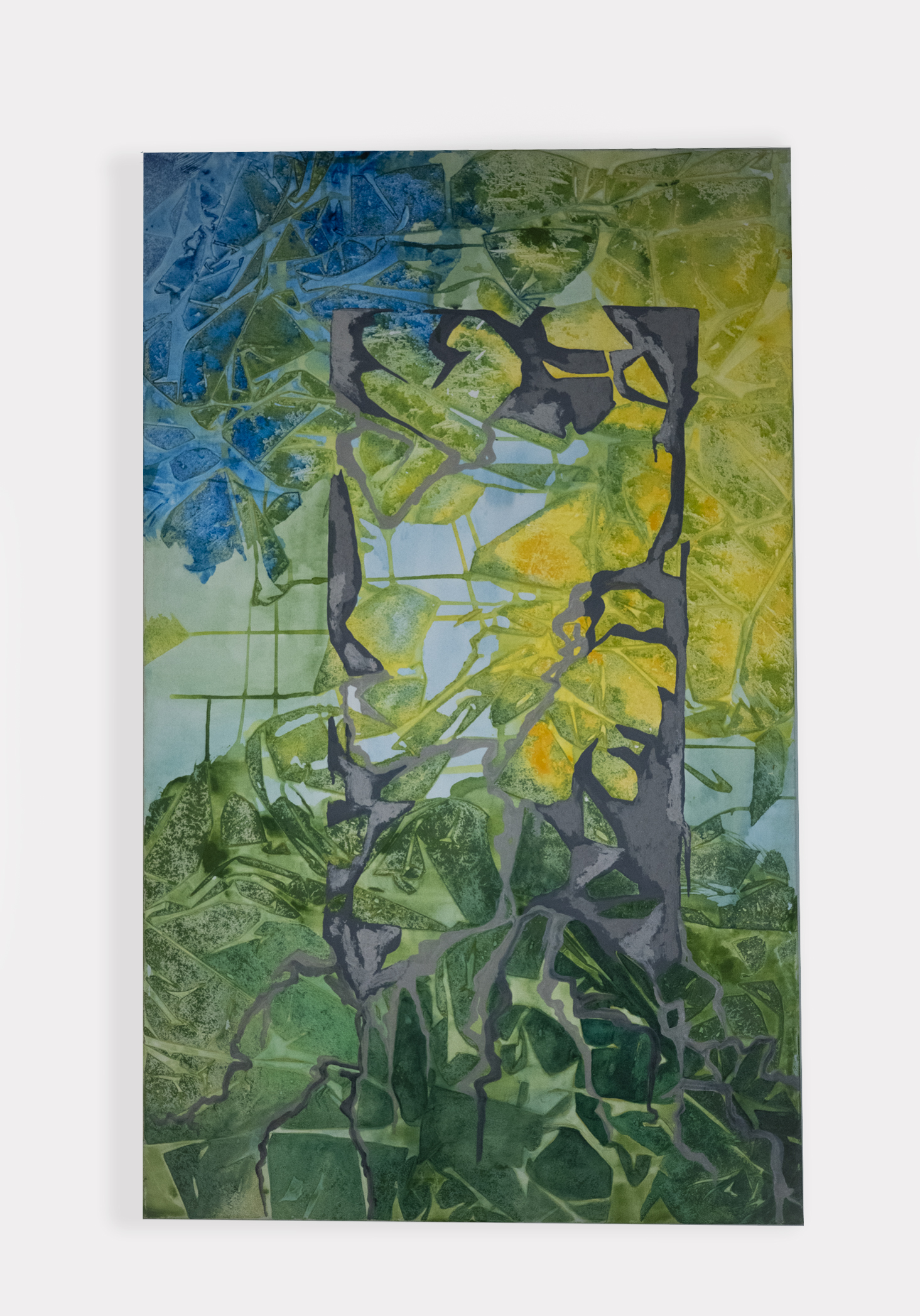
4. Your work often conveys a sense of movement and change in nature. How do you capture the fluidity of natural processes in your art?
To capture the fluidity of natural processes in my art, I focus on the dynamic, ever-changing qualities of nature—whether it’s the shifting of seasons, the flow of water, or the movement of wind. I use flowing lines, gradients of color, and organic shapes to evoke a sense of motion and transformation. Textural elements also play a key role; through layering, scraping, or dripping materials, I create surfaces that mimic the unpredictability and rhythm of natural forces. The goal is to reflect not just the visual aspects of nature, but its inherent fluidity and constant evolution, inviting viewers to feel the energy and impermanence that defines the natural world.
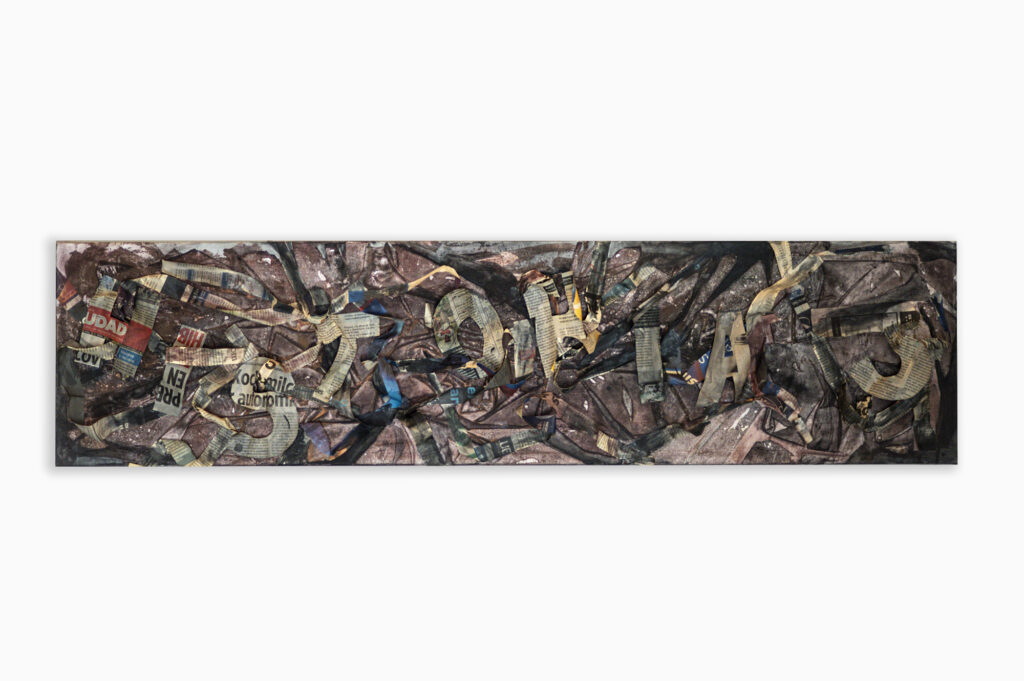
With abstract painting and sculpture, I set aside the rules imposed by reality to show various ways of expressing an emotion, a word, or any subject or motive.
Monica Czukerberg
5. How has living in Mexico and now in Miami influenced your creative perspective and the way you engage with nature?
Living in both Mexico and Miami has profoundly influenced my creative perspective, offering rich contrasts and common threads in how I engage with nature. In Mexico, I was surrounded by vibrant landscapes, from the desert to lush forests, and the deep cultural connection to the land inspired me to explore themes of heritage, resilience, and interconnectedness. The vivid colors and textures of the environment found their way into my art. In Miami, the proximity to the coast, tropical climate, and diverse ecosystems has brought a new awareness of the fragility and beauty of coastal environments. The ever-present rhythm of the ocean, the dynamic weather, and the city’s blend of urban and natural spaces push me to think about nature’s resilience and its ongoing transformations. Both places have deepened my understanding of nature’s cycles, reinforcing my commitment to creating art that reflects both the beauty and urgency of environmental protection.
6. Your sculptures echo the makeshift constructions of Mexico’s pueblos magicos. What do these structures represent to you, and how do they inform your work today?
The makeshift constructions of Mexico’s pueblos mágicos—often built with available, repurposed materials—represent a sense of resourcefulness, adaptability, and a deep connection to place. These structures embody a kind of beauty in imperfection and in the ways people adapt to their environment with limited resources, yet full of creativity and spirit. They also reflect a cultural resilience that I find deeply inspiring. In my own work, these influences manifest in my use of recycled materials and the exploration of form, structure, and texture that feels both organic and improvised. Much like the buildings in the pueblos mágicos, my sculptures aim to convey a sense of raw beauty and transformation, celebrating the blending of function and art in ways that honor both tradition and innovation.

Monica Czukerberg’s work is a captivating fusion of nature, sustainability, and creative exploration. Drawing from her architectural background and her deep connection to the natural world, she creates pieces that are both visually striking and thought-provoking. Through her use of recycled materials, she conveys a powerful message about environmental protection and the potential for transformation. To learn more about Monica Czukerberg, click the following links to visit her profile.
Arts to Hearts Project is a global media, publishing, and education company for
Artists & Creatives. where an international audience will see your work of art patrons, collectors, gallerists, and fellow artists. Access exclusive publishing opportunities and over 1,000 resources to grow your career and connect with like-minded creatives worldwide. Click here to learn about our open calls.













